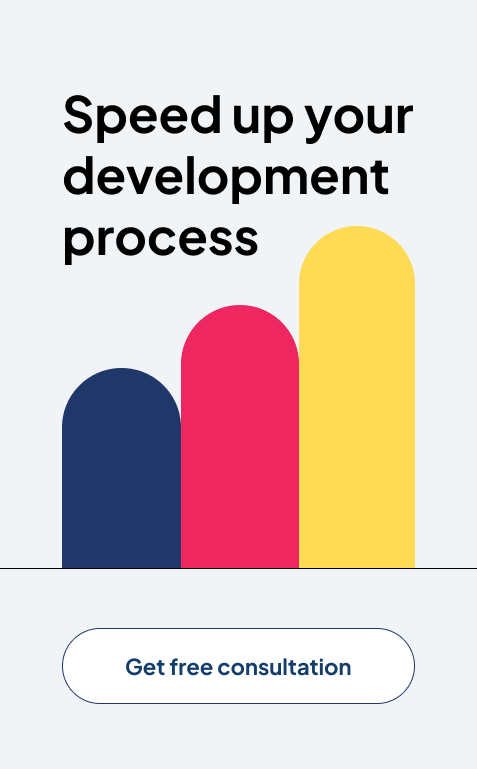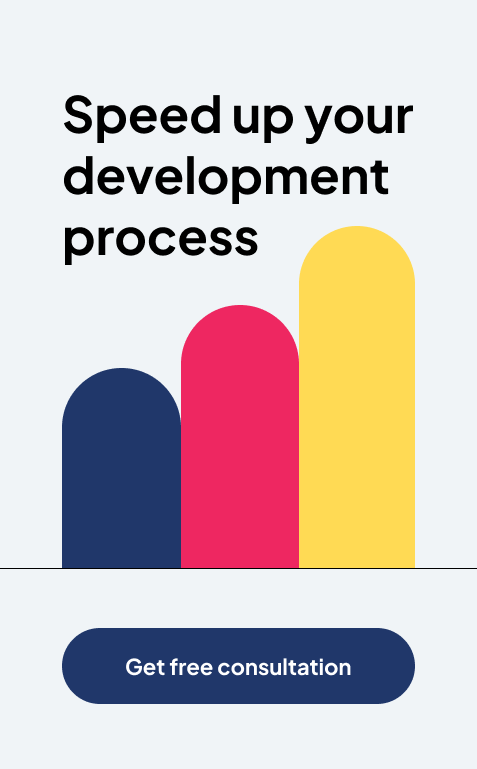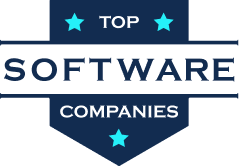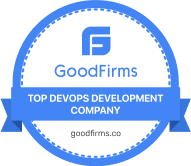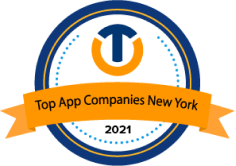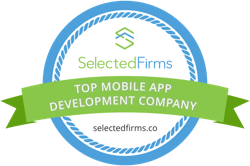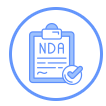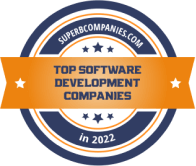10 Powerful Steps For How to Become a Power BI Expert

The huge data era is right here. By 2026, the worldwide big data enterprise is expected to develop to an impressive $450 billion, according to analysis. Businesses are speeding up to evaluate and get prices from their sizeable data repositories as a result of the exponential boom of data. Aspiring tech workers now have a fantastic chance to establish themselves as pioneers of the big data revolution.
In the current time data-driven environment, how does one begin the process of becoming a desirable BI developer? This blog will walk you through how to become a Power BI experts in 2024 by succeeding in step-by-step techniques.
A Complete Guide to Becoming an Expert in Power BI
Power BI is the best business intelligence tool available. It helps organizations visualize data. They can create reports with Power BI. Informed selections may be made with the help of Power BI. To become a Power BI professional, you want a based approach. This method must combine gaining knowledge of, hands-on practice, and real-world application. Here’s a detailed guide to help you master Power BI:
Step 1: Understand the Basics of Data and Business Intelligence
Before leaping into Power BI, it’s very important to understand the fundamentals of information and business intelligence (BI). This includes concepts such as:
- Data types (structured vs. unstructured)
- Data sources (databases, APIs, cloud services, Excel files)
- Data modeling (how data is organized and related)
- Data visualization (charts, graphs, dashboards)
Why it’s important:
Having a solid foundation in data concepts is important. This foundation enables you to effectively utilize Power BI’s capabilities in business intelligence.
Step 2: Learn Power BI Fundamentals
Begin by familiarizing yourself with Power BI’s core functionalities. Start with the Power BI Desktop, the primary tool for creating reports and dashboards. Key areas to focus on include:
- User Interface: Understand the layout of expert data modeling with Power BI. Familiarize yourself with the navigation pane, fields pane, and visualizations pane.
- Data Connections: Learn a way to join Power BI to various facts resources, including SQL databases, Excel files, and cloud-based total data.
- Visualizations: Practice growing basic visuals (e.g., bar charts, line graphs, pie charts).
- Reports and Dashboards: Create multi-page reports. Reports present data insights clearly.
- Filters and Slicers: Learn a way to use those features to refine data and customize reviews for unique audiences.
Resources to use:
- Microsoft’s Power BI learning materials
- Online tutorials and video guides
Step 3: Master Power Query
Power Query is a data transformation tool embedded in Power BI. It allows customers to easily, manipulate, and shape data earlier than the usage of it in visualizations. Becoming skilled in Power Query is crucial for any Power BI expert. Learn the way to:
- Import and transform data: Power Query enables you to handle data from different sources and formats.
- Data cleaning: Address issues like missing data, duplicates, and errors.
- Data transformation: Shape data using functions like merging. Restructure data using functions such as appending, pivoting, and unpivoting tables.
Why it’s important:
Power Query enables you to ensure that your data is clean. It also helps you to ensure that your data is accurate. Furthermore, Power Query helps you to structure your data appropriately. This way, your data is ready for meaningful analysis.
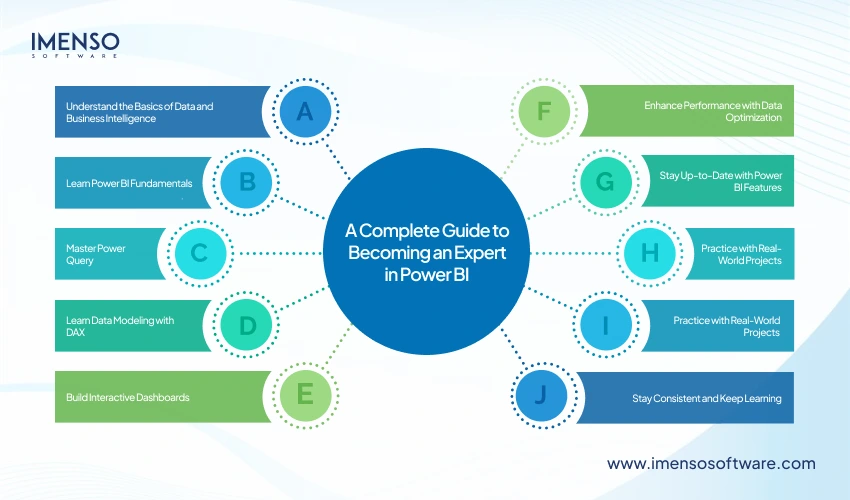
Step 4: Learn Data Modeling with DAX
Data Analysis Expressions (DAX) are utilized in Power BI for information modeling. DAX is the formula language used for developing custom calculations in Power BI. Mastering DAX will permit you to perform complicated analyses of your data, including:
- Calculated Columns and Measures: Create new data fields or metrics using DAX.
- Functions: Learn key DAX functions like SUM, COUNT, IF, CALCULATE, FILTER, etc.
- Time Intelligence: Perform date-based analysis like year-over-year growth or cumulative totals.
Practice tip:
Work on real-world scenarios to develop DAX queries. Calculate KPIs, sales metrics, or financial ratios using the developed DAX queries.
Step 5: Build Interactive Dashboards
An important of being a Power BI expert is the capability to create particularly interactive and intuitive dashboards that tell a compelling story via statistics. Key skills include:
- Advanced Visualizations: Experiment with different types of visualizations beyond basic charts. Try using gauges, waterfalls, and maps as alternatives to basic charts.
- Interactivity: Use slicers, drill-throughs, and pass-filtering to make your reviews interactive.
- Custom Visuals: Explore custom visuals from the Power BI market.
- Mobile-friendly Dashboards: Learn a way to optimize dashboards for mobile use.
Why it’s important:
Interactive dashboards offer users a dynamic experience. They enable users to explore data and find insights tailored to their needs.
Also Read:
Power BI in Action: Real Business Benefits You Can’t Ignore
Expert Solutions for Power BI Consulting Firm: Advanced Data Analytics
Power BI Professional Services: Elevating Your Business Intelligence Strategy
Step 6: Enhance Performance with Data Optimization
As your data units expand large and extra complicated, it’s crucial to ensure your Power BI reports perform correctly. Techniques for optimization include:
- Data model optimization: Remove unnecessary columns. Reduce the number of relationships. Use aggregation techniques.
- Efficient DAX formulas: Write optimized DAX formulas to avoid long load times or slow visual rendering.
- Data refresh settings: Configure your reports to refresh data at optimal intervals. Avoid overloading resources by optimizing data refresh intervals.
Why it’s important:
Optimized reports ensure smooth user experiences. They are effective even with large data sets. They help reduce the time needed to access insights.
Step 7: Stay Up-to-Date with Power BI Features
Microsoft frequently updates Power BI with new features, tools, and integrations. As a Power BI expert, you must stay current with the latest developments, such as:
- New Visualizations: Explore the latest charts and visual options.
- AI Features: Utilize AI-driven Q&A to ask questions naturally. Identify key influencers with AI to understand data trends.
- Integrations: Learn about integrating Power BI with Power Automate. Learn about integrating Power BI with Azure. Learn about integrating Power BI with SharePoint.
Tip:
Follow Power BI blogs, attend webinars, and discover the Power BI community for updates.
Step 8: Practice with Real-World Projects
Theoretical knowledge wishes to be supplemented with immediate experience. Work on real-world projects by:
- Joining Power BI communities: Collaborate with peers, share projects, and get feedback.
- Creating sample dashboards: Engage in Power BI dashboard development for hypothetical business cases, such as sales performance, inventory management, and financial analysis.
- Freelancing or volunteering: Offer to build Power BI reports for small businesses or nonprofits. Gain experience by offering to build Power BI reports for small businesses or nonprofits.
Step 9: Get Certified
A certification in expert data modeling with Power BI can give you an edge in the job market. Microsoft offers several certifications for Power BI, including:
- Microsoft Certified: Data Analyst Associate (focuses on using Power BI to model and visualize data).
- Microsoft Certified: Power Platform App Maker (ideal for integrating Power BI with other tools in the Power Platform ecosystem).
Why it matters:
Certification validates your expertise. It makes you more attractive to potential employers or clients.
Step 10: Stay Consistent and Keep Learning
The world of data and business intelligence is constantly changing. To maintain your status as a Power BI expert, regularly:
- Update your skills: Learn new functions, gear, and fine practices.
- Experiment with new use cases: Explore packages in specific industries (e.g., healthcare, finance, retail) to develop your knowledge.
- Network with professionals: Attend Power BI conferences, be part of LinkedIn agencies, or make a contribution to forums.
Conclusion
Becoming a Power BI expert mandates a mix of knowledge, practice, and non-stop mastering. By following those steps, you may gain hands-on experience with a Power BI expert. With this experience, you may be able to grasp how to become a Power BI expert. Mastering Power BI will enable you to help companies unlock the total capability of their data.
We’re honored to mention that our efforts have been recognized by renowned B2B review and research platforms such as GoodFirms, Clutch, MirrorView, and many more.
Want more information about our services?
Similar Posts

Power BI in Action: Real Business Benefits You Can’t Ignore
What would your reaction be if I said that there is a sort of magical crystal globe that allows you to monitor your business growth in real-time? Fantastic, right? That is what Power BI provides. Power BI benefits for business are similar to a smart assistant that processes all complex figures into handy and easy […]...
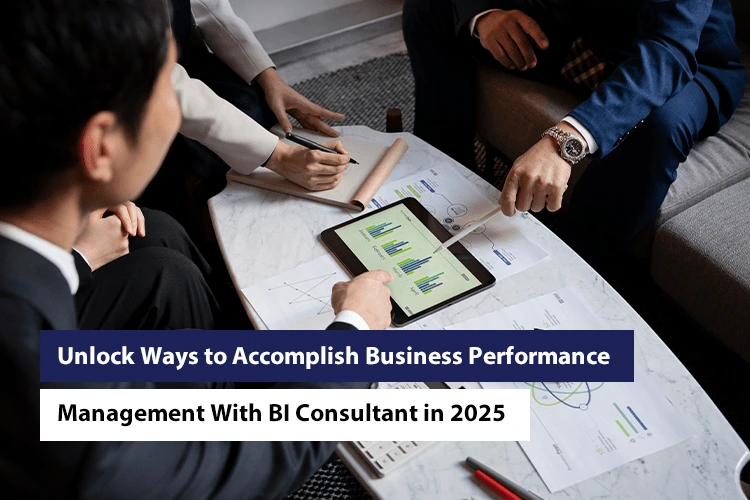
Unlock Ways to Accomplish Business Performance Management With BI Consultant in 2025
How will you adapt the best ways for data management? Isn’t it tough to implement analytics and data visualization to carry out efficient BI solutions customized to your business in 2025? Doing this alone might be very complex and time-consuming. That’s why business consultant services allow startups and bigger giants to uncover the key approaches […]...

How Predictive Analytics Enhances Decision-Making with Power BI
Are you tired of making business decisions based on gut feelings or outdated information? Are you struggling to stay ahead of the competition in an increasingly data-driven world? If so, you’re not alone. Many business professionals face the challenge of harnessing the power of data to make accurate forecasts and drive their organizations forward. That’s […]...
